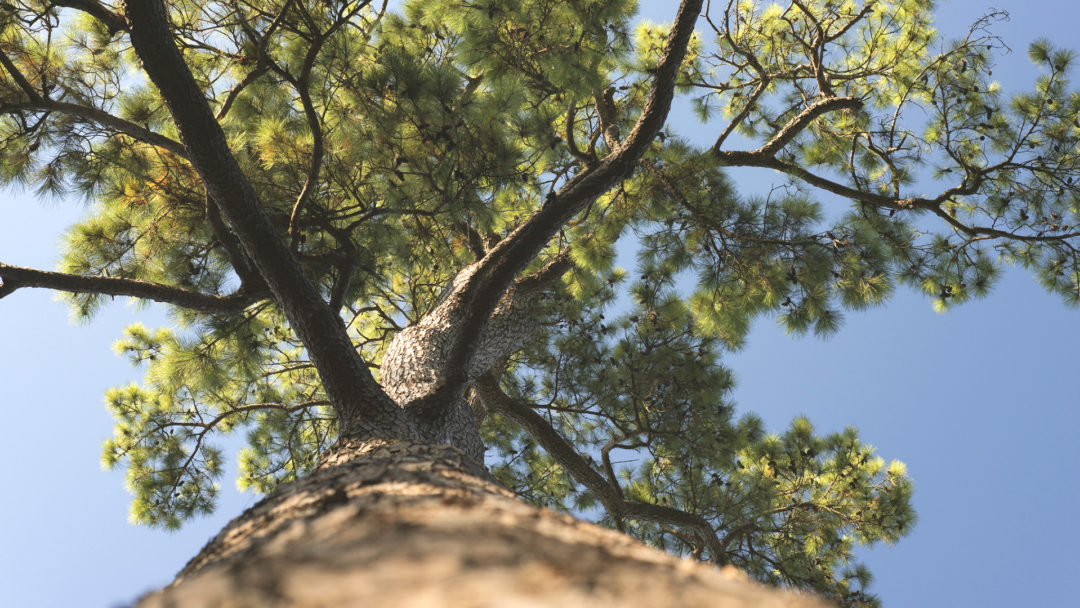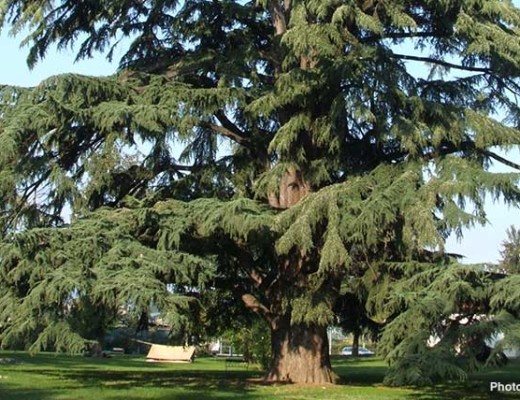Pinus taeda
One of former president Dwight Eisenhower’s favorite hobbies was golf. He loved it so much that he continued to play in the winter and painted his golf balls black just so he could see them against the snow. He was a regular at the Augusta National Golf Club in Georgia. Few things could distract him from the game, but a giant Loblolly Pine on the golf course could.
A Loblolly Pine sat on the golf course at Augusta National and interfered with Eisenhower’s game. He was so frustrated with the tree that he lobbied to have it removed. He was unsuccessful, but the tree became an icon on the Augusta National golf course and one of the most famous landmarks in American golf. Unfortunately, the Loblolly Pine was removed in 2014 after a destructive ice storm.
Eisenhower may not have valued the beauty of the Loblolly on the golf course, but off the course this tree is a beauty. The Loblolly Pine tree is one of the fastest growing evergreens and a true southern gem. It’s a North American native, originating on the east coast from New Jersey to Florida and Texas.
What’s in a Name?
Loblolly pines were popular among early pioneers and went by numerous other names including Rosemary, Old Field, Bull, Indian and Longstraw. The tree was first discovered growing at the bottom of rivers. In the South, Loblolly refers to lowlands. The tree earned its common name Loblolly from growing in swampy areas. It also has a tendency to take over abandoned areas, which is where the name Old-Field came from. Rosemary comes from its distinctive fragrance. As for Bull, the trunks on the tree are extremely large, resembling a bull.
In the Landscape
The Loblolly Pine is a great landscape tree for the south (hardiness zones 6-9) because of its fast growth rate and long life. It reaches up to 90 feet at maturity, and as the tree ages it starts to lose its lower branches, making it great as a shade tree. It’s easy to transplant, adapting well to moist soil conditions near rivers and streams, and makes an excellent wind screen.



